The terrace during the third week of August 2017
Although this blog mainly explores Toronto’s history and heritage sites, several times I have departed from my usual topic and discussed container gardening. Because of the number of people in Toronto that live in condos and apartment buildings, I thought I would share the experiences of the summer of 2017, one of the wettest in memory. Despite the reduced sunlight hours in June and July, my terrace did remarkably well. Many plants thrive in cool weather when there is plenteous rain; even my tomatoes have produced a remarkable crop of large ripe fruit.
Many Torontonians with balconies do not bother to garden on them. This is a shame! A balcony with plants transposes an outdoor area into an extension of one’s indoor living space. A few plants, a couple of chairs and a small table change an area of concrete and glass into a place where morning coffee, a leisurely weekend lunch, or an evening meal can be enjoyed in surroundings that rival the atmosphere of a five-star restaurant—even if the food is not of the same calibre. After a few glasses of wine, you might not notice!
There are several reasons that people give for NOT gardening on a balcony. One of them is that in today’s busy world, it requires time to purchase plants and care for them. I am retired, but time is still precious, so I purchase my plants at a local fruit and vegetable store, rather than journeying to a nursery.
Another reason given for not gardening was mentioned in an article in the Globe and Mail on August 18, 2017. The reporter questioned whether or not balconies are really needed on apartment buildings and condos, as due to wind and noise, outdoor spaces are more suitable only for storage. There is some truth to this, but I find that during the long evenings of summer and on mornings on weekends, the busy pace of the city slows and it is relatively quiet. These are the times that I treasure my outdoor space the most.
There are some that consider their balconies too small to be worth planting. I agree that with the price of land in Toronto, space is at a premium and many balconies are indeed quite tiny. However, my first apartment was a rental unit on the 24th floor, and it possessed a balcony that was only 1.5 metres deep. In choosing plants, I considered the effects of the wind as well as the amount of sunlight the area received. I created a garden in the sky with planter boxes on the railings, hanging baskets, and pots in the corners.
My first condo had a 50 square-foot terrace. I planted it to the fullest. It was also on the 24th floor, and due to the wind, I placed the hanging baskets on the balcony floor each night or on windy days. I situated the planter boxes on the inside of the railing to prevent wind damage. I loved that small balcony, and enjoyed many meals on it during the summer months.
I am fortunate that I presently have a 200 square-foot terrace, and it is one of the main reasons I bought my apartment. This year, as I no longer have a car, beginning in late-April, I bought one or two plants each time I visited the local store where I buy my fresh produce. I kept the plants indoors and waited until the danger of frost was gone. This year (2017), it was the second week of June before I placed them outside.
I chose red and yellow begonias and yellow marigolds in an attempt to attract butterflies, though I have not been very successful. At front of the container boxes I planted sweet alyssum (white). All these plants are well suited to full sunlight, though begonias also do well in the shade. The alyssum blossoms and yellow begonias are very visible after dark, when I sit out on the terrace. This year, I have been collecting rainwater for my tomatoes. I no longer employ chemical fertilizers on them, as the rainwater provides sufficient nitrogen for growth. This provides organic fruit.
Similar to the flowers, I obtained my tomato plants in late-April — 2 small nursery containers, each with four plants (total cost $4.00). Unlike the flowers, I transplanted them into 6-inch pots. I kept them indoors until mid-June. When I placed them outside into the larger pots and containers, they were 12” to 14” in height. Because they had a head-start on the season, I began harvesting fruit the last week of July.
When planting flower pots or container boxes, it is a rule of thumb to place the tallest plants at the back of a box, or in the centre of a pot. Place the smaller plants in front of them (in a box), or around the tall plants if using a pot. The trailing plants should be at the front of the box or at the edge of a pot so that they can hang down.
Several years ago I attended a seminar on container gardening at Canada Blooms. Paul Zammit, the direct of the Toronto Botanical Gardens, referred to the plants at the back of a box or in the centre of a pot as the “thrillers,” the ones beside them the “fillers,” and the ones at the front of the box or at the edge of a the pot as the “spillers.” I have found this to be an excellent guide. However, the plants in my boxes are all the same height. I do this so that the view of the city beyond the boxes is not blocked.
Photo taken August 31, 2007. The white sweet alyssum is at the front of the box, the yellow marigolds are in the centre, and the yellow and red begonias are at the back of the box. The one red begonia at the front of the box provides contrast among the alyssum, which trails down over the side of the planter box. When sitting on the terrace, my view of the city is not blocked by the flowers.
Due to the cool wet days of June and July, it has been one of the best years for the herb garden. I purchase basil each year, but all the others are perennials— chives, sage, tarragon, and mint.
Rosemary 2016 The same rosemary in 2017
The rosemary is in a plastic pot that has had the bottom cut out. I bury it each spring in the large planter box, allowing the roots to expand down into the soil. Each November, I remove the pot from the planter box, cut off the roots, trim the branches, and bring it inside. I have done this with this particular plant for ten years or more. It is similar to having a “bonsai” plant, as its branches have become twisted and gnarled with age. The plant remains small, making it perfect for an indoor supply of rosemary during the winter months.
Maple tree in 2016 The same maple tree 2017
This maple tree grew from a seed that blew onto the terrace in 2015. I transplanted it to this location and trimmed it regularly. I had intended to pull it out this past spring, but decided to keep it another year. It would have been twice as high if I had not trimmed it drastically.
The tomatoes have been bountiful this year (2017). When the flowers appear, I use a Q-tip to cross-pollinate them. There are not sufficient bees to do the job, and the wind does not suffice. I was tired of the blossoms dropping off and no fruit appearing. Since I started using the Q-tip, almost every flower produces fruit.
Each year the same coleus plant is the centrepiece for the coffee table. I bring it indoors each autumn, trim it, and maintain it during the winter months. I trim it severely again each spring and place it in the full sun. Coleus will also thrive in the shade, where the colours usually deepen.
The terrace on a hot evening in August, when the yellow and white blossoms seem to illuminate the space.
Containers on the west side of the balcony in July 2017. There are actually three boxes, but the plants grow across them to give the appearance of one large box. Each box is 14” deep. The boxes are on a ledge that surrounds the terrace on three sides.
The east side of the terrace in July 2017.
Clematis on the divider on August 31, 2017. This is the second blooming for the season. The clematis in the photo are hardy to Zone 3, so are suitable for container gardening. Higher zones numbers do not do well unless they are in the ground, where the roots are protected from alternate freezing and thawing in winter.
The terrace is truly an extension of my living space during the warm months. Photo taken in August 2017.
A link to last year’s post about container gardening:
https://tayloronhistory.com/2016/09/22/terracebalcony-gardening-toronto-2016/
To view the Home Page for this blog: https://tayloronhistory.com/
For more information about the topics explored on this blog:
https://tayloronhistory.com/2016/03/02/tayloronhistory-comcheck-it-out/
Books by the Blog’s Author
“Toronto’s Theatres and the Golden Age of the Silver Screen,” explores 50 of Toronto’s old theatres and contains over 80 archival photographs of the facades, marquees and interiors of the theatres. It relates anecdotes and stories by the author and others who experienced these grand old movie houses.
To place an order for this book, published by History Press:
https://www.arcadiapublishing.com/Products/9781626194502
Book also available in most book stores such as Chapter/Indigo, the Bell Lightbox and AGO Book Shop. It can also be ordered by phoning University of Toronto Press, Distribution: 416-667-7791 (ISBN 978.1.62619.450.2)
Another book on theatres, published by Dundurn Press, is entitled, “Toronto’s Movie Theatres of Yesteryear—Brought Back to Thrill You Again.” It explores 81 theatres and contains over 125 archival photographs, with interesting anecdotes about these grand old theatres and their fascinating histories. Note: an article on this book was published in Toronto Life Magazine, October 2016 issue.
For a link to the article published by Toronto Life Magazine: torontolife.com/…/photos-old-cinemas-doug–taylor–toronto-local-movie-theatres-of-y…
The book is available at local book stores throughout Toronto or for a link to order this book: https://www.dundurn.com/books/Torontos-Local-Movie-Theatres-Yesteryear
Another publication, “Toronto Then and Now,” published by Pavilion Press (London, England) explores 75 of the city’s heritage sites. It contains archival and modern photos that allow readers to compare scenes and discover how they have changed over the decades.
Note: a review of this book was published in Spacing Magazine, October 2016. For a link to this review:
spacing.ca/toronto/2016/09/02/reading-list-toronto-then-and-now/
For further information on ordering this book, follow the link to Amazon.com here or contact the publisher directly by the link below:
http://www.ipgbook.com/toronto–then-and-now—products-9781910904077.php?page_id=21


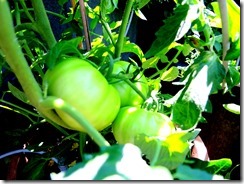
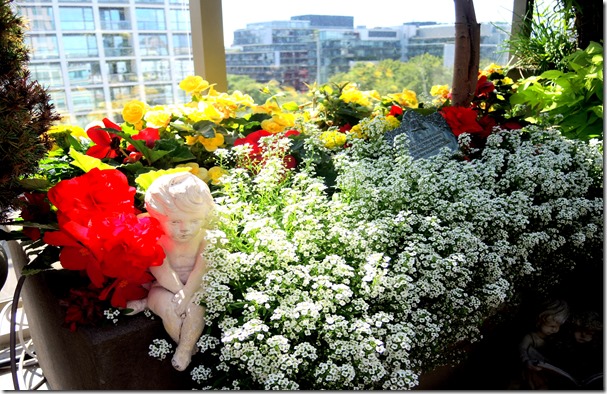
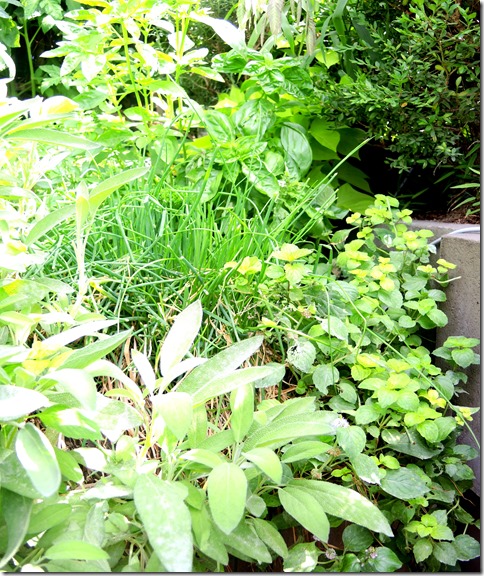

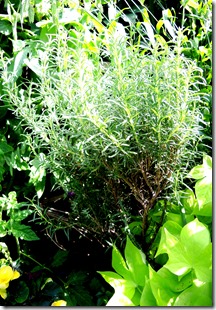
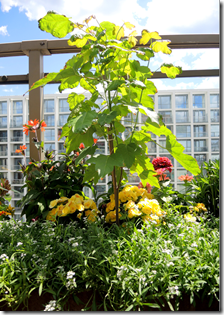
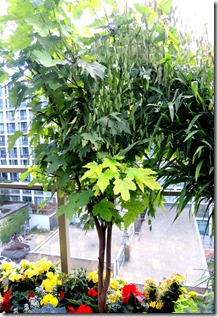
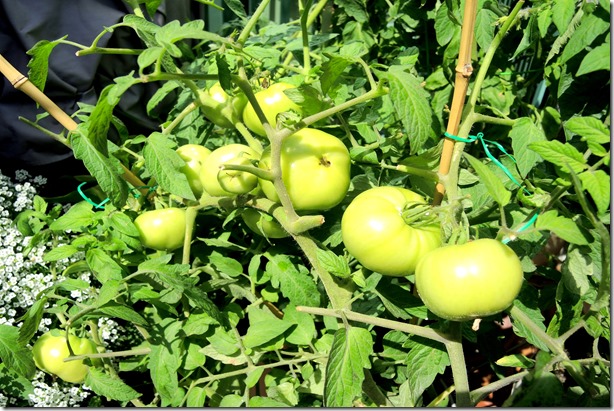
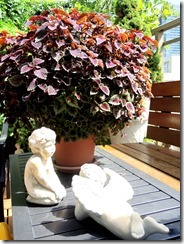
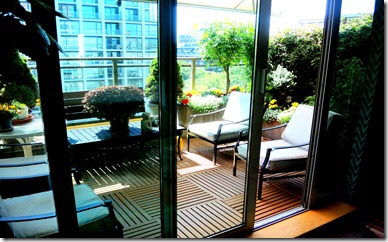





![cid_E474E4F9-11FC-42C9-AAAD-1B66D852[1] cid_E474E4F9-11FC-42C9-AAAD-1B66D852[1]](https://tayloronhistory.com/wp-content/uploads/2017/08/cid_e474e4f9-11fc-42c9-aaad-1b66d8521_thumb.jpg)
![image_thumb6_thumb_thumb_thumb_thumb[2] image_thumb6_thumb_thumb_thumb_thumb[2]](https://tayloronhistory.com/wp-content/uploads/2017/08/image_thumb6_thumb_thumb_thumb_thumb2_thumb.png)
